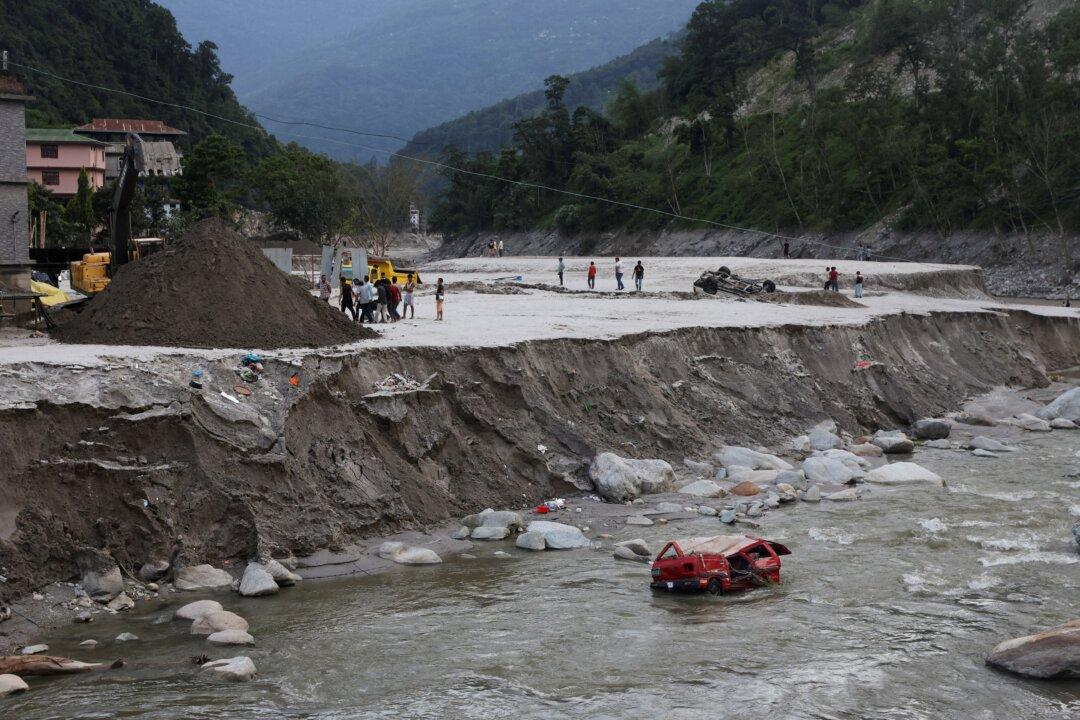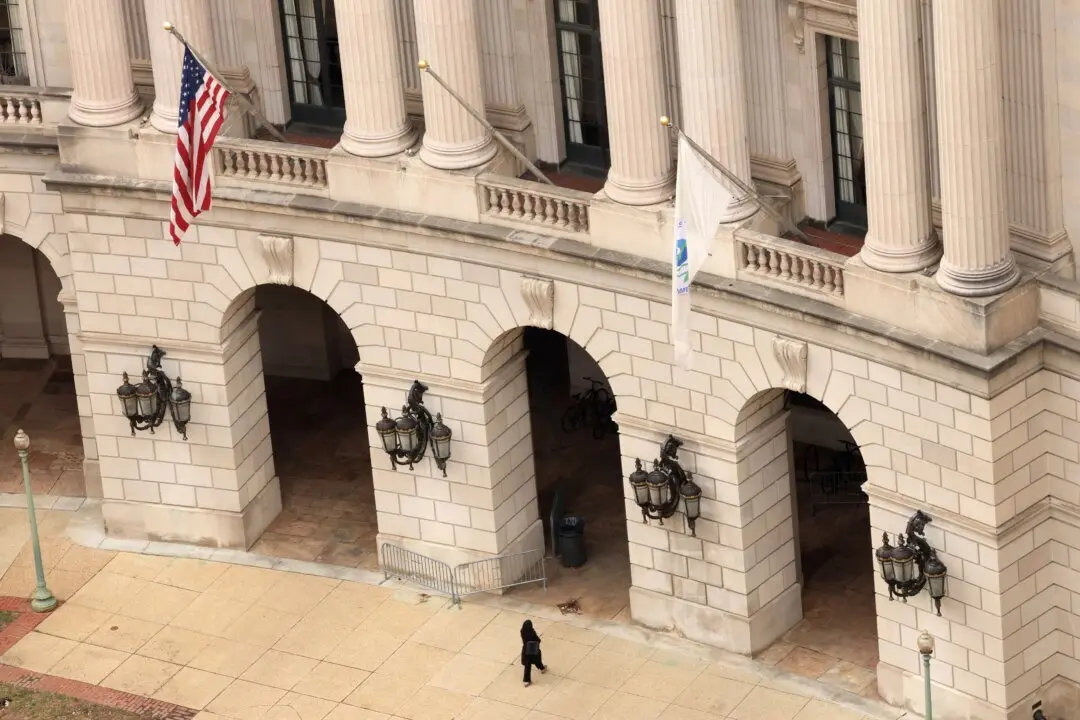RANGPO, India—The death toll from flash floods unleashed by a glacial lake bursting its banks in India’s Himalayas climbed to 74 on Oct. 9, with 101 people still missing days after the calamity struck, according to provincial officials.
Following days of torrential rain in the northeastern state of Sikkim, torrents of water swept down narrow river valleys from Lohnak Lake, damaging a dam and wreaking destruction in villages and Rangpo town, about 50 km (30 miles) south of the state capital of Gangtok.





